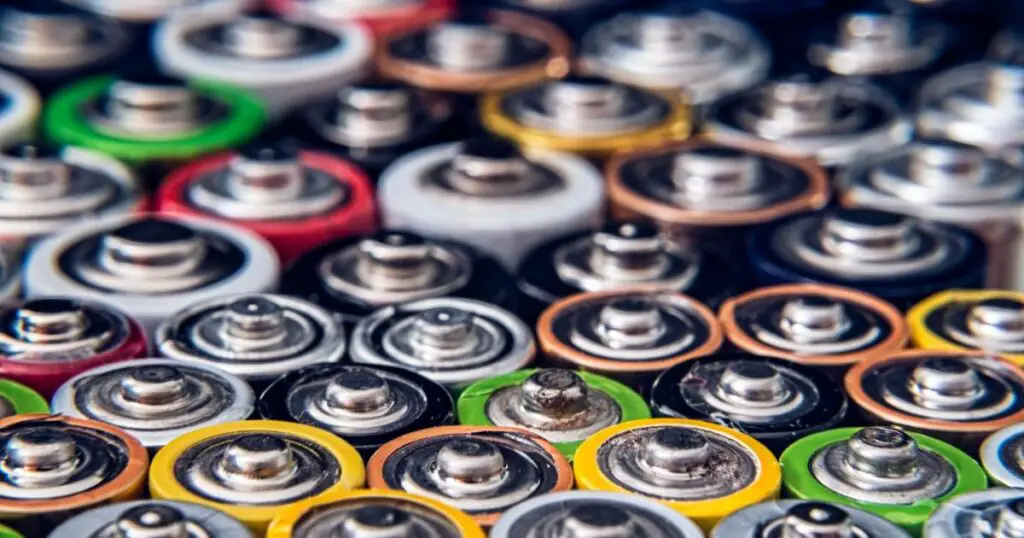American researchers have developed a new molten salt battery that retains its charge when cooled. Thus, energy can be stored to accumulate excess electricity production for a season and use it later in the year.
Excess energy can be stored
Molten salt batteries are of great interest to scientists because they are made from common materials and can be used on a large scale. In particular, they can be connected to the electricity grid to make up for the shortcomings of renewable energies.
Researchers at the Pacific Northwest National Laboratory have developed a new molten salt battery for seasonal use. They published their findings in the journal Cell Reports Physical Science.

This new battery is designed to store excess production, such as solar power during the summer months. Once charged, it hibernates and can restore the stored energy later, for example, in winter.
The researchers used an aluminum anode and a nickel cathode with a molten salt electrolyte containing sulfur. This type of battery mostly contains a ceramic separator, but the researchers opted for the more durable and cheaper fiberglass.

Three months waiting battery lost only 8% energy
Like all molten salt batteries, it needs to be heated to work. This requires a temperature of 180°C. After charging, the battery is cooled so that the electrolyte solidifies and blocks the movement of the ions.
Reheating is sufficient to recover the stored energy later. Newly produced batteries were tested. The tested battery was able to restore 92% of its charge after 12 weeks.




